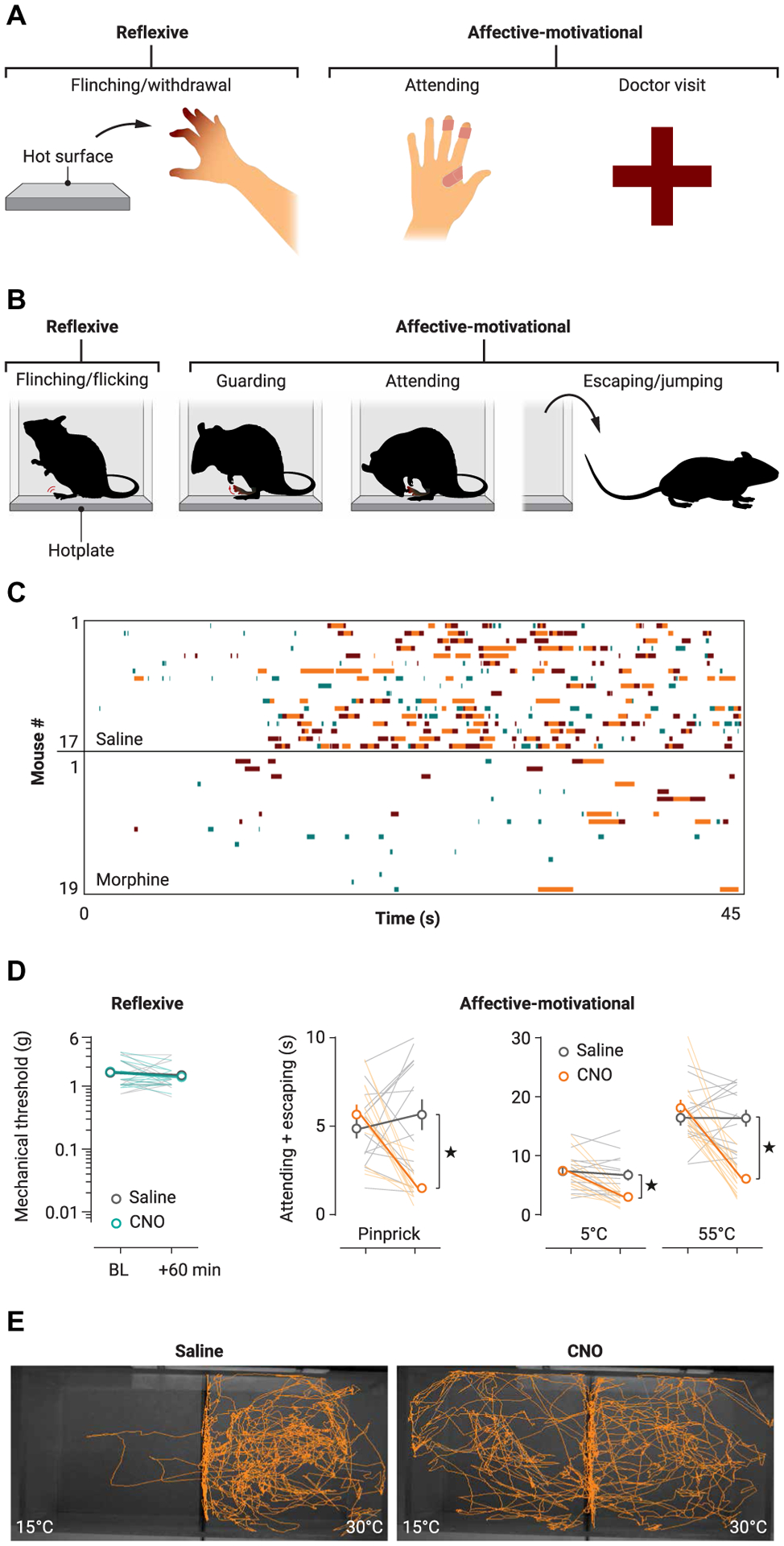Fig. 2. Categorization of reflexive versus affective-motivational nocifensive behaviors to interrogate pain affect in rodents.

(A) Examples of human responses to noxious stimulation, which include reflexive and affective-motivational behaviors. (B) Mouse responses to noxious stimulation, such as with the hotplate test, also include reflexive and affective-motivational behaviors like protective responses (such as guarding and licking of an affected paw) and escape seeking (for example, rearing and jumping). (C) Raster plots showing the nocifensive behavioral responses of individual mice in the hotplate assay and the reduction in both reflexive (green) and affective-motivational (orange, brown) pain behaviors after morphine administration. (D) In contrast to the effect of morphine (C), inhibition of nociceptive BLA neurons with hM4Di after injection of clozapine-N-oxide (CNO) reduces affective-motivational pain behaviors in the hotplate assay, but not reflexive withdrawal. (E) In a two-plate preference assay, CNO also decreases nerve injury-induced aversion to innocuous cool stimuli in the setting of neuropathic allodynia. Adapted from (37–39).
